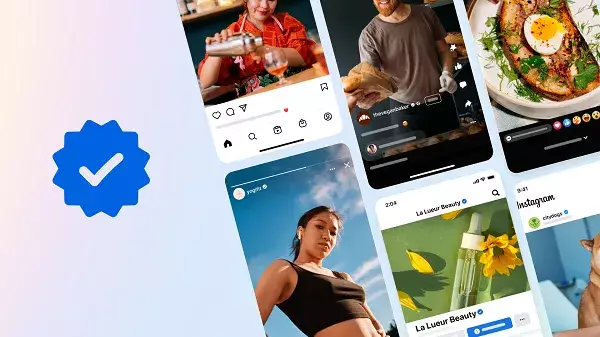Meta’s latest subscription offering, Meta Verified, has been making waves in the social media world. For a monthly fee of $14.99, users can purchase themselves a coveted blue checkmark, along with enhanced account support and other features. While Meta has not disclosed specific numbers, it appears that Meta Verified is gaining traction among both regular users and businesses. The addition of a money-back guarantee only adds to the intrigue surrounding this new offering.
One of the key selling points of Meta Verified is the 14-day money-back guarantee. This guarantee allows users to try out the subscription and, if unsatisfied, receive a refund. Some users have pointed out that this could potentially be exploited by canceling the subscription after receiving improved account support, effectively getting the service for free. While this may be a tempting prospect for some, it raises questions about the long-term sustainability of Meta Verified.
With the launch of Meta Verified in the U.S. in March 2023, Meta has been able to capitalize on a new stream of income. The subscription service, along with Verification for Business packages, has contributed to a significant increase in Meta’s revenue. It is estimated that Meta is generating around $150 million per quarter from these subscription elements, with approximately 3 million Verified subscribers. While this may seem like a lucrative venture for Meta, it also raises concerns about the commodification of the once-prestigious blue checkmark.
The introduction of Meta Verified has sparked debates about the value of social media verification. Traditionally, a blue checkmark signified the noteworthiness of an account, but with the rise of subscription-based verification services, this status symbol has become more accessible to the general public. Meta’s decision to sell verification could be seen as a response to broader industry shifts, where other platforms have also monetized their verification processes. The question remains whether the perceived value of the blue checkmark has been permanently diminished by these changes.
Meta’s Strategy: Supplemental Income vs. Ad Revenue
A notable difference between Meta and other platforms like X is their approach to verification services. While X is looking to replace ad revenue with paying users, Meta sees verification as a supplemental income stream. The $150 million quarterly revenue from Meta Verified indicates a successful venture, but it also highlights the platform’s reliance on user subscriptions for financial growth. The cash-back guarantee may attract more users to sign up, but the long-term implications of this strategy remain uncertain.
Meta’s Meta Verified subscription offering has stirred controversy within the social media community. While the promise of a blue checkmark and enhanced account support may appeal to some users, the commodification of verification raises concerns about the integrity of the platform. As Meta continues to push for more subscribers and revenue, users are left to weigh the benefits of verification against the evolving landscape of social media standards. Whether Meta Verified will be a lasting success or a passing trend remains to be seen.


Leave a Reply